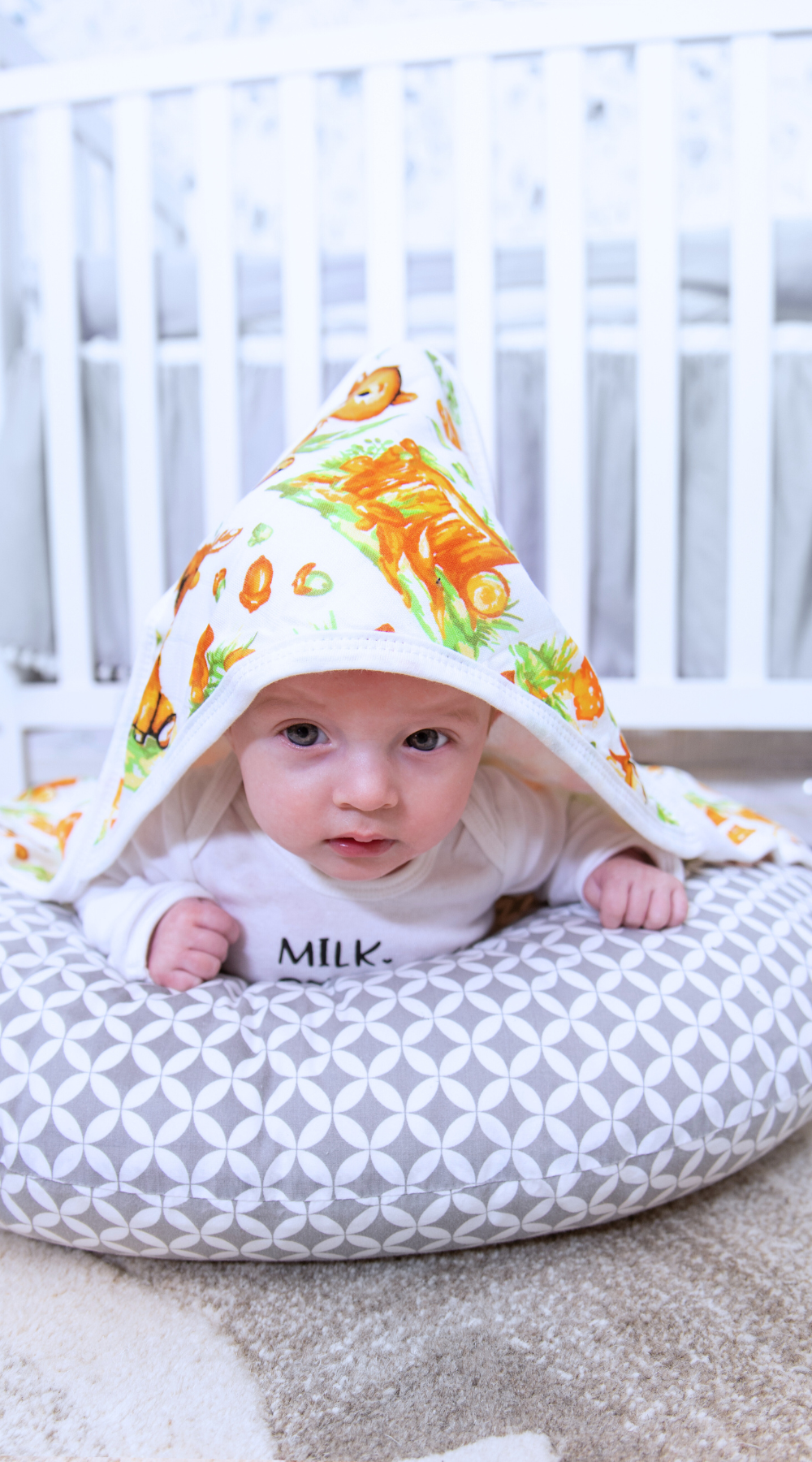Understanding Baby Cues and Body Language For a Happy Baby

All newborns provide cues. Your baby will communicate his needs and feelings to you through cues. There are certain signs that your infant is prepared to engage with you. There are other signs that indicate your infant needs a break or some relaxation.
However, each infant learns their own unique set of cues to communicate their needs. You'll eventually learn your baby's unique cues and what they can teach you about their emotional states.Examine what your baby is doing and the surroundings to understand the meaning of the cues. You can more effectively meet your baby's demands once you've mastered reading his indications.
You'll learn the best approach to react to each of your baby's unique indications as you and your baby come to know one another.
For instance, your agitated infant might appear at ease when you grin at them, or your baby might appear to enjoy yourself more when you sing and converse with them. This teaches you what to do when your child cries the next time.
Your Baby Cues And Body Language
The emotions and needs of your infant can be understood from their body language. You can tell if your baby is hungry, thirsty, wide awake and ready to play, or in need of a break by observing their body language.
The baby's "I want to play" cues
- widens eyes and tries to follow a moving face or object with them
- keeping an eye contact
- smiles
- fluid motions
- stretching out with their hands
- puts his hands or feet together
- maintains a lightly tucked pose with his arms and legs raised in the middle of his body
- reaches out and grabs something or someone
- places his hand near his lips, his side, or his ear
- moves fluidly (not jumpy or startled)
When your infant wants to interact with you, you can do the following:
- hold him
- speak to him, read a book, or sing a song.
- give a bath
- change the diaper
- feed her
The baby's "I am tired" cues
- looking far in the distant
- jagged motions
- yawning
- fussing
- losing interest in things or in people
It's a good idea to start putting your baby to sleep when you notice tiredness in them.
The baby's "I am hungry" cues
- sucking fingers
- turn to face your breast
With newborns, you can begin to watch for these signs every 1-2 hours, or every 3-4 hours with an older baby.
It's a good idea to give your baby a feed when you see that they are showing indications of hunger. The best way to choose when to feed your baby is to watch for symptoms of hunger rather than waiting a predetermined amount of time.
The baby's "I need a break" cues
- their attention away from you
- wriggle or kick
- feels rigid and stiff, or limp and extremely worn out.
- fingers are widely spaced as he extends his arms.
- arches his back, raises a fist, or extends his hand as if to demand that you cease
- skin turns pallid
- scowls or cries and fusses
- chokes or spits
Four month old and older infants may not always be prepared for a nap following their play session.
Sometimes kids might prefer a change of scenery or a different activity. Give your kid some quiet time or a different activity when you see that they are showing indications of needing a break.
When your infant wants a break, you can do the following things:
- hold him
- consider applying a confinement hold
- gently hold your baby's head, as well as her bottom, feet, or belly
- talk to him lightly
- let him grip your finger or place a small touch of your hand on his stomach or chest
- swaddle him, but not too tightly
- give him a pacifier if he uses one
- place a rolled blanket or diaper close to his feet
The Importance of Responding to Baby Cues
Your infant will feel safe and comfortable when you pay attention to his or her body language and react appropriately. This facilitates the development of a solid bond between you and your child. Additionally, your baby needs to have a solid relationship with you and the other primary caregivers to develop.





Leave a comment